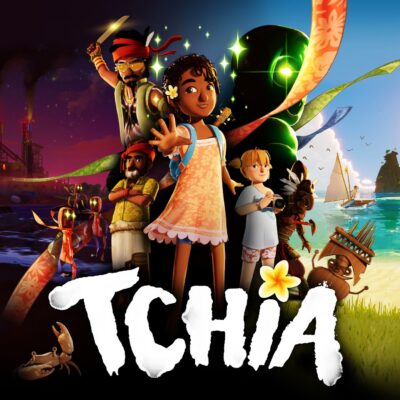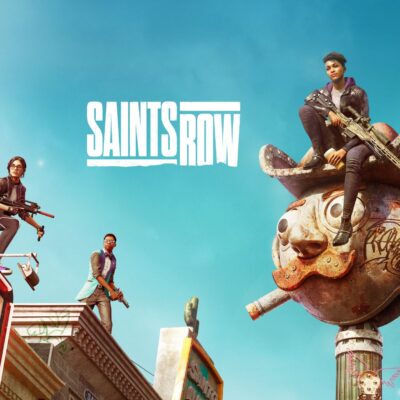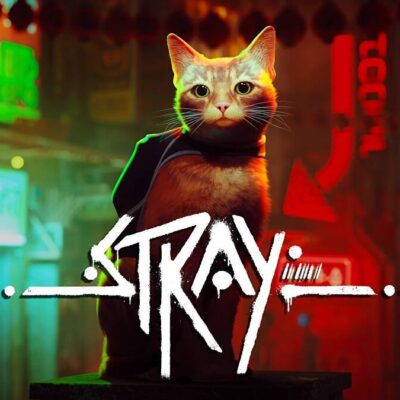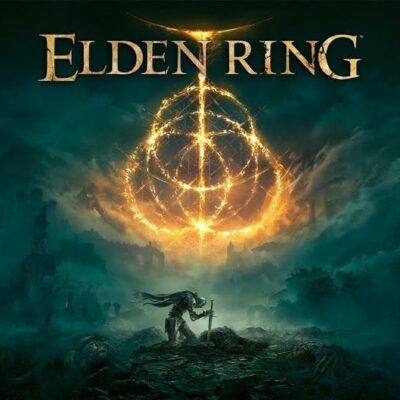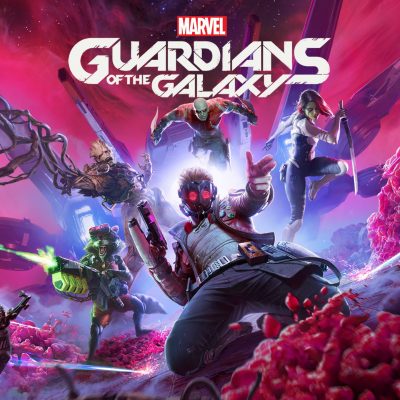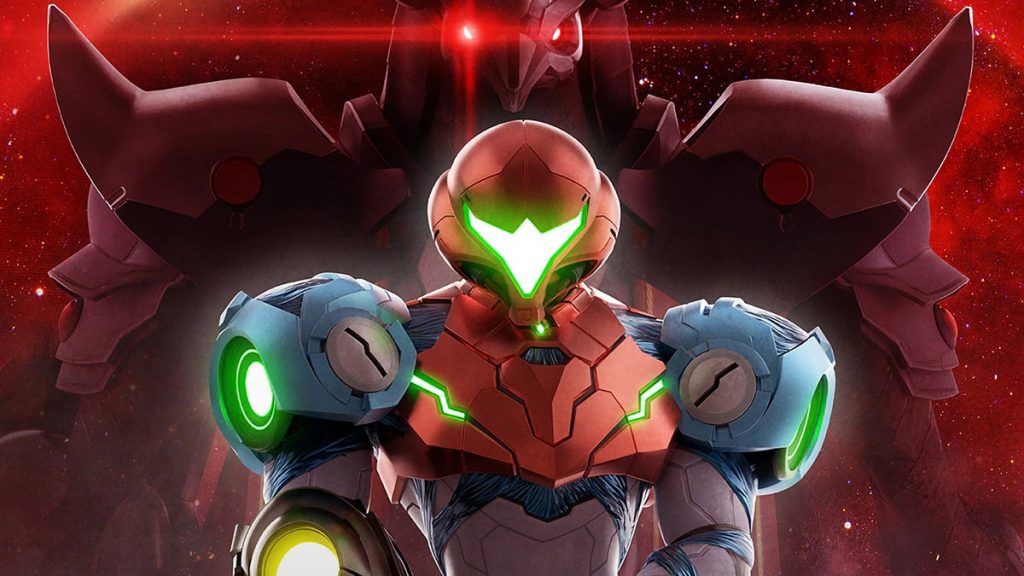
It goes without saying that the Metroid franchise is a staple series in my personal playbook of favorite game series or franchises of all time. Super Metroid is one of my personal favorite games ever made, and in my own personal list of best games of all time, it almost always makes my top 10. The Prime series may have some mixed reception, but the first Metroid Prime game on Nintendo Gamecube proved that the series could work in a first-person shooter mold all too well. Of course, there are those Federation Force games as well. We won’t talk about those.
The Metroid games have always conveyed the same themes across all its entries. The feeling of being alone on a strange alien planet has been a key staple since its NES days. The sci-fi solitude has worked for nearly twenty plus years, and across it all has been the first woman of video gaming, Samus Aran in all her bounty hunter glory and the titular alien creature known as the Metroid. Their link and bond have been shared and expressed over multiple games and many gaming systems. Now after a long hiatus (we haven’t had a mainline Metroid game since 2010 and that’s not counting the remake of Samus Returns by developer Mercury Steam which released in 2017), Metroid Dread comes in to wrap up this long narrative connection, provide some answers to Samus’ past, close the history on the Metroids themselves and tee up the next direction of the franchise. It has a lot on its plate and thankfully Mercury Steam were up to the task of knocking it out the park and then some. What we get is one of the best games of the genre and the ever-present reminder that the sleeping giant that is Nintendo is always ready to show the industry just how its done. In the same ways that a game like Breath of the Wild put the open world genre on notice for other developers to change suit or how Super Mario Odyssey reminded the industry that its ok to stick to roots, Metroid Dread is another game that blends the old and the new, creating something that feels familiar and fresh and presenting one of the best Nintendo Switch games of 2021.
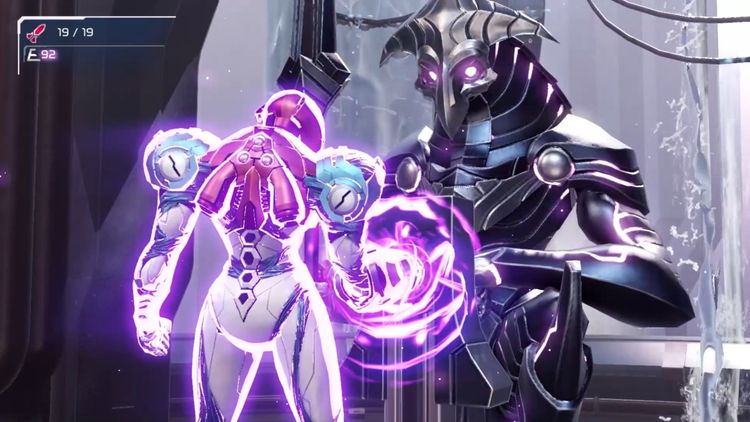
The game follows the familiar Metroid formula of Samus responding to a distress beacon to a strange planet where something weird has occurred. Upon her investigation, she finds herself trapped on the planet ZDR and must explore its labyrinthian areas ranging from a research facility to a lush and vibrant forest right down to an ancient Chozo sanctuary and more. Right off the bat you will notice the graphical fidelity of these many worlds. While Metroid Dread is a 2D game, its graphics are rendered in full 3D, leading to fully fleshed out environments with tons of visual depth and aesthetic. Your eyes will bounce between the action Samus encounters as you explore the planet with her and see things happening in the background that will cause you to pause and take it in. The visual storytelling and world building presented here are second to none. It’s a clever reminder that despite being an action and adventure game, Metroid also maintains horror elements in it as well. The music floats in with a tender ambiance to portray this constant mood of fear and uncertainty. The in-game camera combines with this at times, occasionally pulling out to show how small Samus is in comparison to a giant monster or machine, your jaw opening up and mouthing a WTF as you realize you are in over your head when approaching a boss fight after that huge pan out.
It also helps that the game plays well too. Mercury Steam added some new moves to Samus repertoire in Samus Returns, the remake of the original Gameboy entry Metroid II: The Return of Samus and ups the ante. Taking a much more action-orientated approach to the combat this time around, Samus has a new built-in dash, and the melee attack from Samus Returns that can knock back enemies when you time it correctly also makes its way into this game. The controls can be a bit cumbersome when it comes to firing missiles since you’ll have to hold multiple triggers down to do so while memorizing attack patterns or dashing away just to avoid an untimely death. Not content to throw towering aliens at you, Dread also sees fit to have enemies closer in stature to you like ancient Chozo warriors and the robotic EMMI enemies that chase you down, sometimes forcing you to simply escape rather than face them head on. Thankfully the EMMI encounters are restricted to specific zones and aren’t overdone. The game tends to pace itself very well except for one instance where there are practically three boss fights almost one right after the other, and all three are encounters that require good reflexes on part of the player alongside pattern memorization. It can almost be a borderline slog but thankfully it’s just that one instance and doesn’t hinder the overall experience.

The rest of Metroid Dread is a beautiful combination of exploration and puzzle solving, with intense battles punched in to hammer in the…well…dread the game wants you to feel. Metroid has never had a strong narrative that has been told to you as the player, but rather shown through body language and art design. This time around as you explore ZDR, the narrative reveals itself to you via cutscenes and updates from the AI assistant Adam. Some lengthy story moments are also within the game, and that was a welcome change of pace for me as a fan. The game also includes an in-game primer for Metroid Fusion which released almost 20 years ago, so the refresher was warranted and having it pop up in the beginning of the game was a nice touch. All in all, the game sets up a conclusion I felt was acceptable, made changes to the franchise that were warranted and strong and delivered the classic Metroid experience and did enough differently to not make it feel too like previous entries and let it stand alone as its own thing. We’ve had plenty of games inspired by Metroid. Castlevania has taken the map motif and ran with it over multiple games, and others like Hollow Knight, Ori and Ender Lilies all owe their origin point to Metroid in some respect. Now with a mix of old and new developers (Mercury Steam teamed up with Nintendo EPD for this one), Nintendo has come out and shown that above all else, they know how to do it best. This is the Metroid we know and love, and I highly recommend this for Switch owners and Metroid fans alike.


